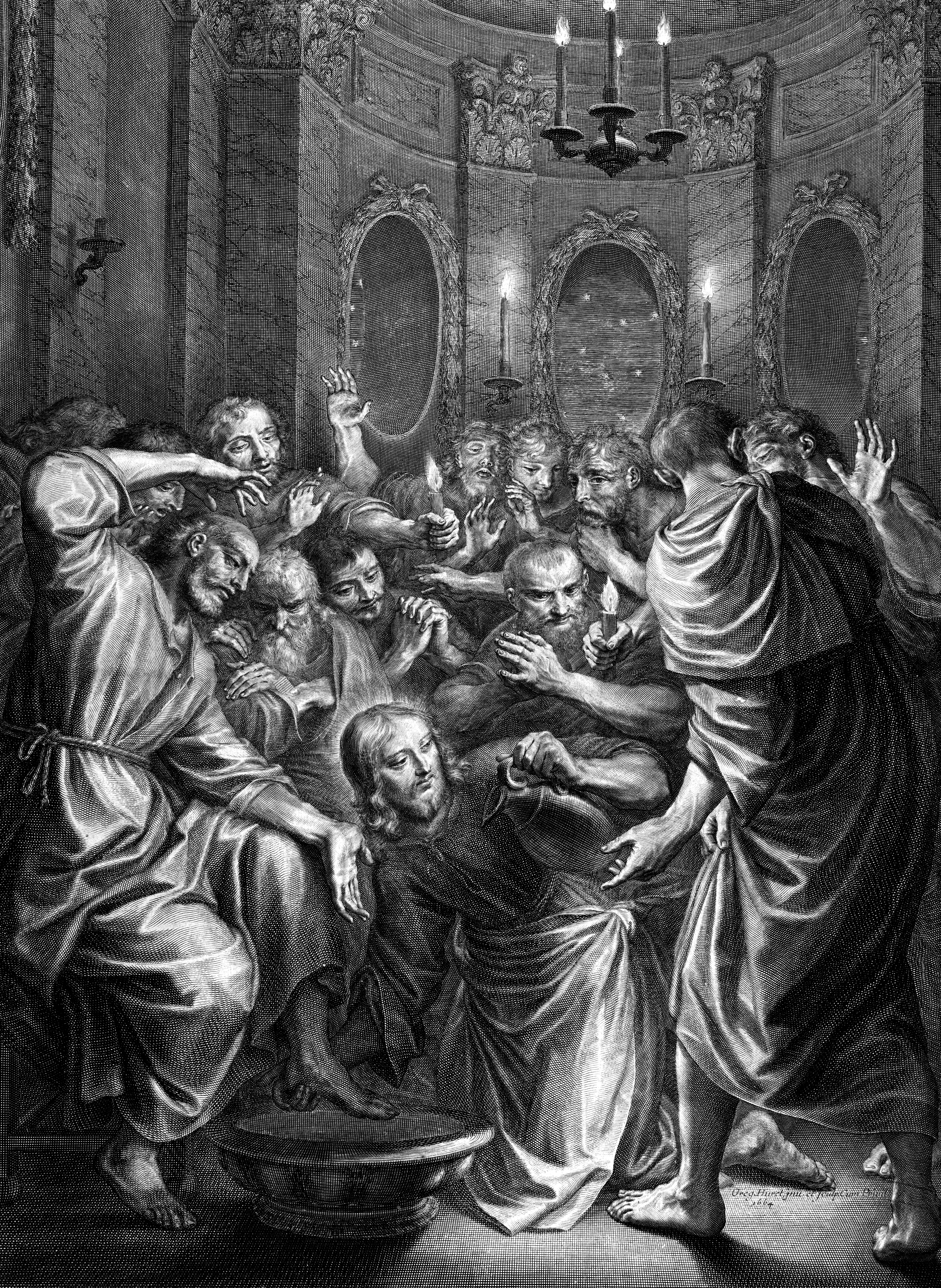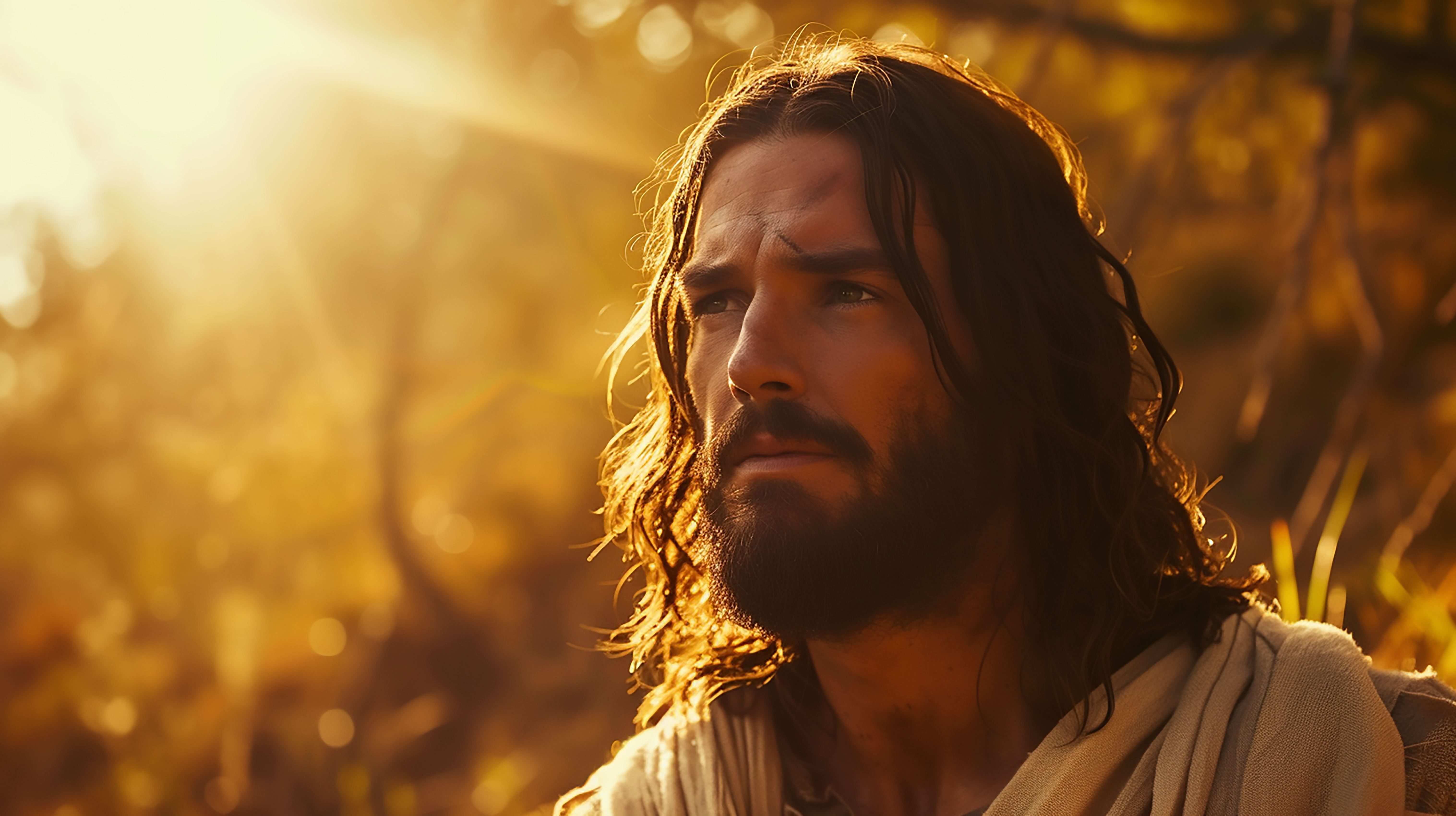I will be the first to admit that I am not a very patient person. Sure, I could blame it on how the world we live in offers immediate gratification, information at our fingertips or food through a drive thru window. I could blame it on my upbringing, noticing similar behaviors coming from my parents, and imitating that. I could blame it on the fact that every minute is a commodity in my very busy life and I just don’t have time for things to take longer than what I have on my schedule. I could blame it on any number of things, but truth be told, it is simply a virtue I have yet to acquire.
I’m sure you’ve heard the adage “Never ask for patience because God will give you many opportunities to use it.” I have definitely had many opportunities to grow in patience, but I feel like I simply grow more impatient instead. I find my mind spinning with thoughts like, “I can do that in 30 minutes, why can’t they?” or constantly saying to my children, “Would you just hurry up!” Nothing ever seems to be done fast enough for my liking, so I grumble and stress out.
It sounds like the disciples in Corinth were displaying some impatience of their own in today’s first reading. Paul admonished them saying, “when you come together to eat, wait for one another.” It appears as if when they got together as a community of believers, those who arrived first would go ahead and eat while others went hungry. This behavior was the exact opposite of the unity and charity we are all called to live out as Christians. So Paul encouraged them to offer supplication, prayer, petition, and thanksgiving. “It is my wish, then, that in every place the men should pray, lifting up holy hands, without anger or argument.”
What a wise piece of advice! And it still holds true for us today. When you are tempted to be impatient, pray. When you are tempted to anger, pray. When you feel the urge to argue, pray. When you are starving and don’t want to wait for your kids to get home from practice to have dinner, pray. Lifting our minds and hearts to God will put things back in perspective and temper our vices.
We can also learn from the humility of the centurion in today’s Gospel, who felt unworthy to be in the Lord’s presence, so first he sent Jewish elders and then he sent friends with messages. He was a high-ranking official and well respected by many, yet he understood his rank before Jesus, his nothingness. His words “I am not worthy to have you enter under my roof” are so indicative of each one of us that we say them each and every time we go to Mass.
Lord, I come before you today in humility to ask that you may increase in me and I may decrease (especially in impatience). Amen.
Seré el primero en admitir que no soy una persona muy paciente. Claro, podría echarle la culpa a cómo el mundo donde vivimos ofrece gratificación inmediata, información al toque del teclado o comida a través de una ventanilla. Podría echarle la culpa a como me criaron, al notar ciertos comportamientos en mis padres e imitarlos. Podría echarle la culpa al hecho de que cada minuto es una comodidad en mi vida tan ocupada y simplemente no tengo tiempo para que las cosas tomen más tiempo de lo que tengo planeado. Podría echarle la culpa a muchas cosas, pero si soy sincera, es simplemente una virtud que todavía me hace falta adquirir.
Estoy segura de que has escuchado el dicho “Nunca pidas paciencia porque Dios te dará muchas oportunidades para usarla”. Definitivamente he tenido muchas oportunidades de crecer en la paciencia, pero siento que en lugar de mejorar, me estoy volviendo más y más impaciente. Me entran pensamientos como: “Puedo hacer esto en 30 minutos, ¿por qué ellos no?” O les digo constantemente a mis hijos: “¡Apúrense!”. Es como que nadie hace nada lo suficientemente rápido para mi gusto, así que me quejo y me estreso.
Parece que los discípulos de Corinto estaban mostrando cierta impaciencia en la primera lectura de hoy también. Pablo les amonesta por no esperar a sus hermanos para comer y por estar discutiendo. Este comportamiento fue exactamente lo contrario de la unidad y la caridad que todos estamos llamados a vivir como cristianos. Entonces Pablo los animó a ofrecer súplicas, oraciones, peticiones y acciones de gracias. “Quiero, pues, que los hombres, libres de odios y divisiones, hagan oración donde quiera que se encuentren, levantando al cielo sus manos puras.”
¡Qué sabio consejo! Y sigue siendo válido para nosotros hoy. Cuando estés tentado a la impaciencia, reza. Cuando estés tentado a enojarte, reza. Cuando sientas la necesidad de discutir, reza. Cuando estés hambriento y no quieras esperar a que tus hijos lleguen a casa después del entrenamiento para cenar, reza. Elevar la mente y el corazón a Dios nos reorienta y nos ayuda a moderar los vicios.
También podemos aprender de la humildad del centurión del Evangelio de hoy, quien se sintió indigno de estar en la presencia del Señor, por lo que primero envió a unos ancianos judíos y luego a unos amigos como mensajeros suyos. Era un funcionario de alto rango y muy respetado por muchos, pero comprendía su rango ante Jesús, su nada. Sus palabras “yo no soy digno de que tú entres en mi casa” son tan indicativas de cada uno de nosotros que las decimos cada vez que vamos a Misa.
Señor, hoy vengo ante ti con humildad para pedirte que tú crezcas en mí y yo disminuya (especialmente en la impaciencia). Amén.
Feature Image Credit: Pedro Lima, https://unsplash.com/photos/people-inside-room-HtwsbbClBOs
 Tami Urcia grew up in Western Michigan, a middle child in a large Catholic family. She spent early young adulthood as a missionary in Mexico, studying theology and philosophy, then worked and traveled extensively before finishing her Bachelor’s Degree in Western Kentucky. She loves tackling projects, finding fun ways to keep her little ones occupied, quiet conversation with the hubby and finding unique ways to love. She works full time at Diocesan, is a guest blogger on CatholicMom.com and BlessedIsShe.net, and has been doing Spanish translations on the side for over 20 years.
Tami Urcia grew up in Western Michigan, a middle child in a large Catholic family. She spent early young adulthood as a missionary in Mexico, studying theology and philosophy, then worked and traveled extensively before finishing her Bachelor’s Degree in Western Kentucky. She loves tackling projects, finding fun ways to keep her little ones occupied, quiet conversation with the hubby and finding unique ways to love. She works full time at Diocesan, is a guest blogger on CatholicMom.com and BlessedIsShe.net, and has been doing Spanish translations on the side for over 20 years.


 Dr. Alexis Dallara-Marsh is a board-certified neurologist who practices in Bergen County, NJ. She is a wife to her best friend, Akeem, and a mother of two little ones on Earth and two others in heaven above.
Dr. Alexis Dallara-Marsh is a board-certified neurologist who practices in Bergen County, NJ. She is a wife to her best friend, Akeem, and a mother of two little ones on Earth and two others in heaven above.


 Kate Taliaferro is an Air Force wife and mother. She is blessed to be able to homeschool, bake bread and fold endless piles of laundry. When not planning a school day, writing a blog post or cooking pasta, Kate can be found curled up with a book or working with some kind of fiber craft. Kate blogs at
Kate Taliaferro is an Air Force wife and mother. She is blessed to be able to homeschool, bake bread and fold endless piles of laundry. When not planning a school day, writing a blog post or cooking pasta, Kate can be found curled up with a book or working with some kind of fiber craft. Kate blogs at 
 Kathryn Mulderink, MA, is married to Robert, Station Manager for Holy Family Radio. Together they have seven children (including Father Rob), and eight grandchildren. She is President of the local community of Secular Discalced Carmelites and has published five books and many articles. Over the last 30 years, she has worked as a teacher, headmistress, catechist, Pastoral Associate, and DRE, and as a writer and voice talent for Catholic Radio. Currently, she serves the Church by writing and speaking, and by collaborating with various parishes and to lead others to encounter Christ and engage their faith. Her website is
Kathryn Mulderink, MA, is married to Robert, Station Manager for Holy Family Radio. Together they have seven children (including Father Rob), and eight grandchildren. She is President of the local community of Secular Discalced Carmelites and has published five books and many articles. Over the last 30 years, she has worked as a teacher, headmistress, catechist, Pastoral Associate, and DRE, and as a writer and voice talent for Catholic Radio. Currently, she serves the Church by writing and speaking, and by collaborating with various parishes and to lead others to encounter Christ and engage their faith. Her website is 
 Emily Jaminet is a Catholic author, speaker, radio personality, wife, and mother of seven children. She earned a bachelor’s degree in mental health and human services from the Franciscan University of Steubenville. She is the co-founder of
Emily Jaminet is a Catholic author, speaker, radio personality, wife, and mother of seven children. She earned a bachelor’s degree in mental health and human services from the Franciscan University of Steubenville. She is the co-founder of 


 Merridith Frediani loves words and is delighted by good sentences. She also loves Lake Michigan, dahlias, the first sip of hot coffee in the morning, millennials, and playing Sheepshead with her husband and three kids. She writes for Catholic Mom, Diocesan.com, and her local Catholic Herald. Her first book Draw Close to Jesus: A Woman’s Guide to Adoration is available at Our Sunday Visitor and Amazon. You can learn more at
Merridith Frediani loves words and is delighted by good sentences. She also loves Lake Michigan, dahlias, the first sip of hot coffee in the morning, millennials, and playing Sheepshead with her husband and three kids. She writes for Catholic Mom, Diocesan.com, and her local Catholic Herald. Her first book Draw Close to Jesus: A Woman’s Guide to Adoration is available at Our Sunday Visitor and Amazon. You can learn more at 
 Allison Gingras (
Allison Gingras ( 
 David Dashiell is a freelance author and editor in Nashville, Tennessee. He has a master’s degree in theology from Franciscan University, and is the editor of the anthology
David Dashiell is a freelance author and editor in Nashville, Tennessee. He has a master’s degree in theology from Franciscan University, and is the editor of the anthology 